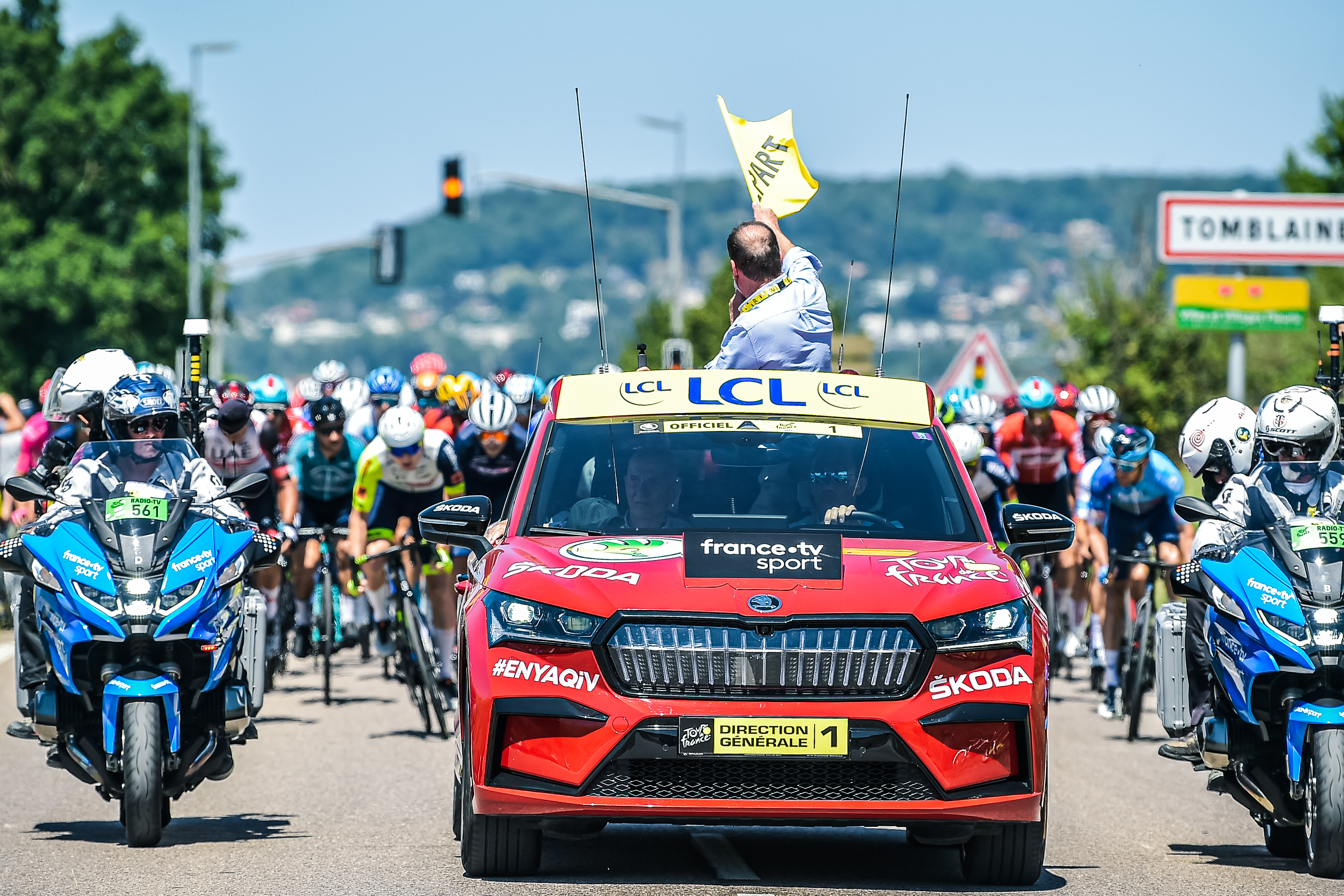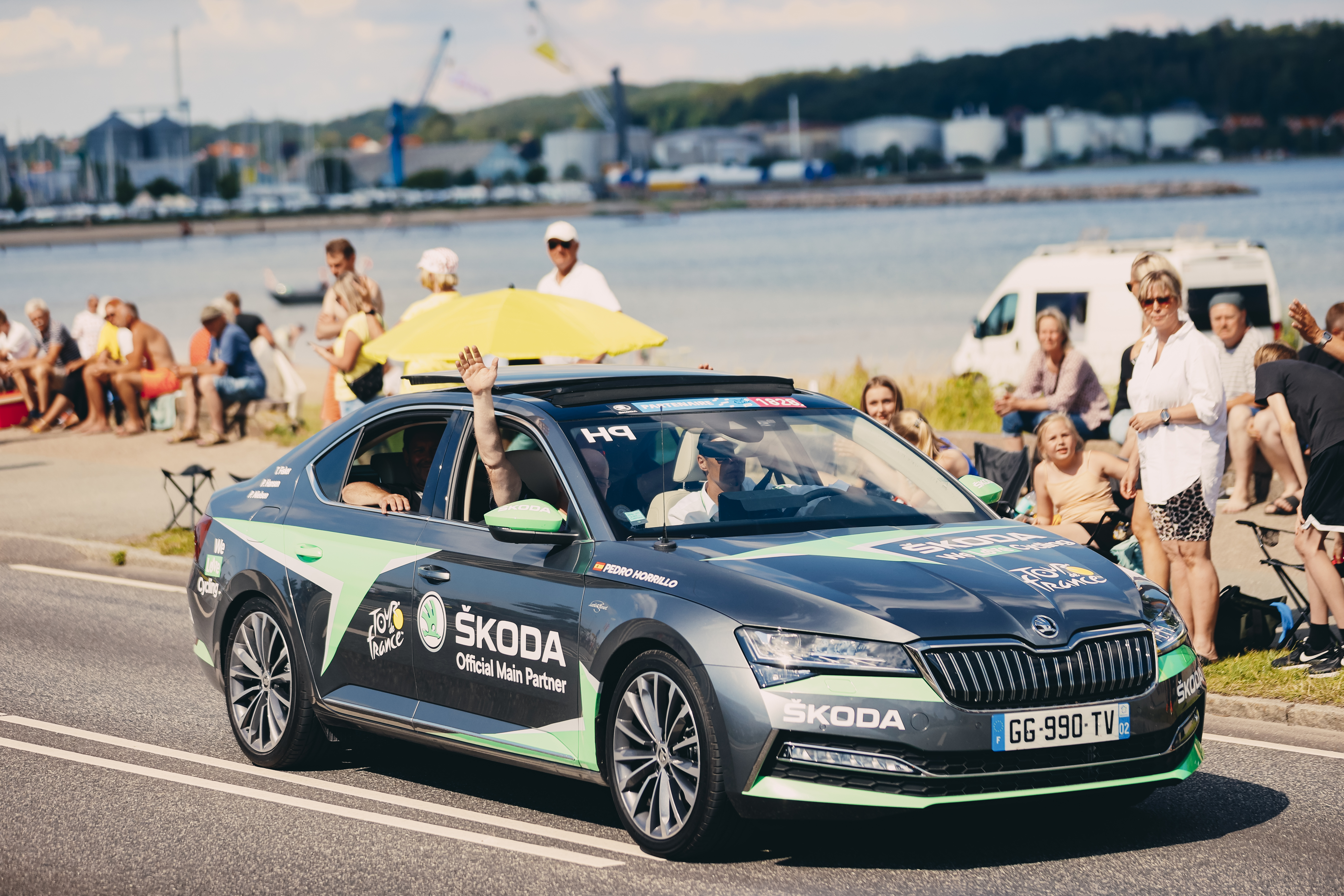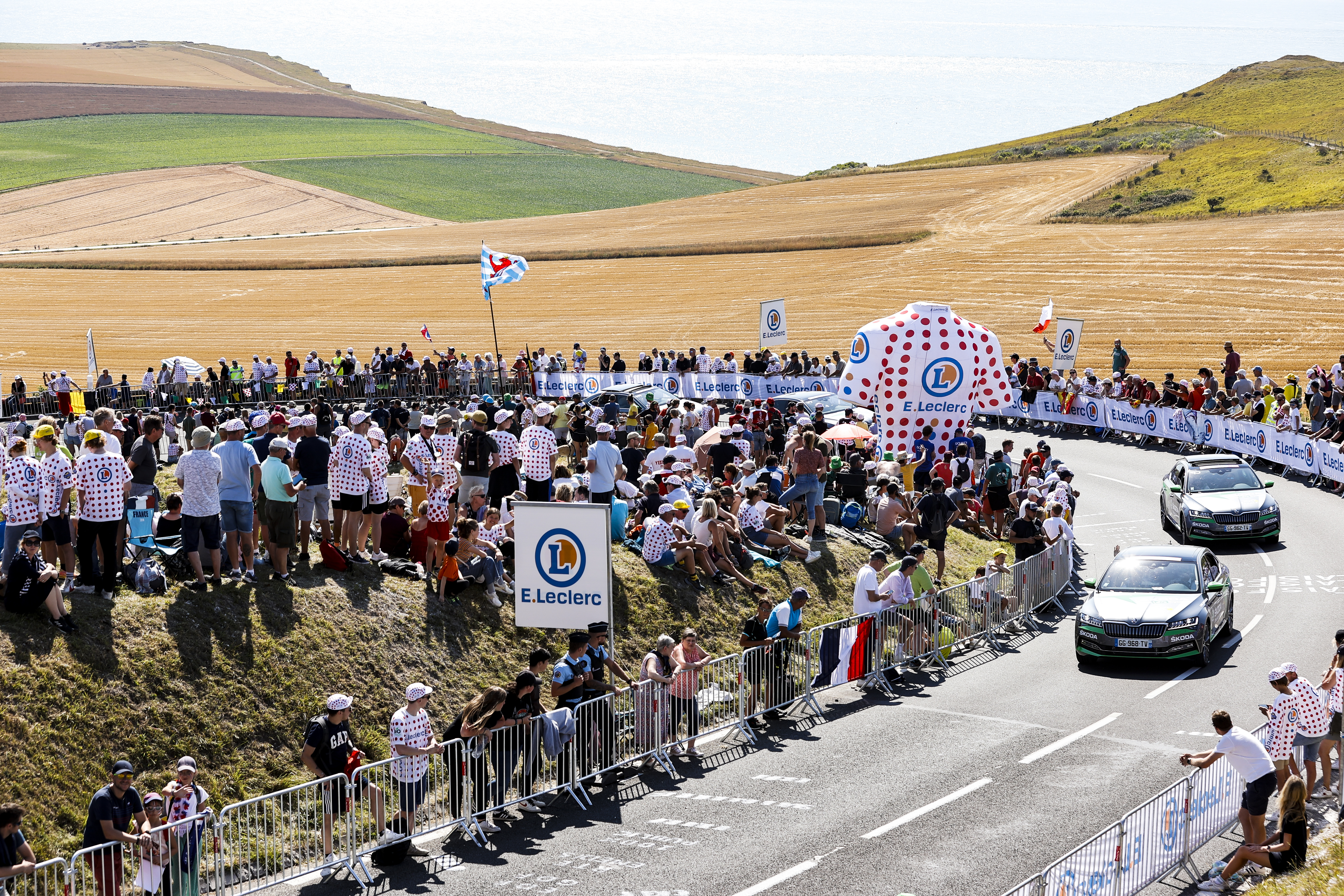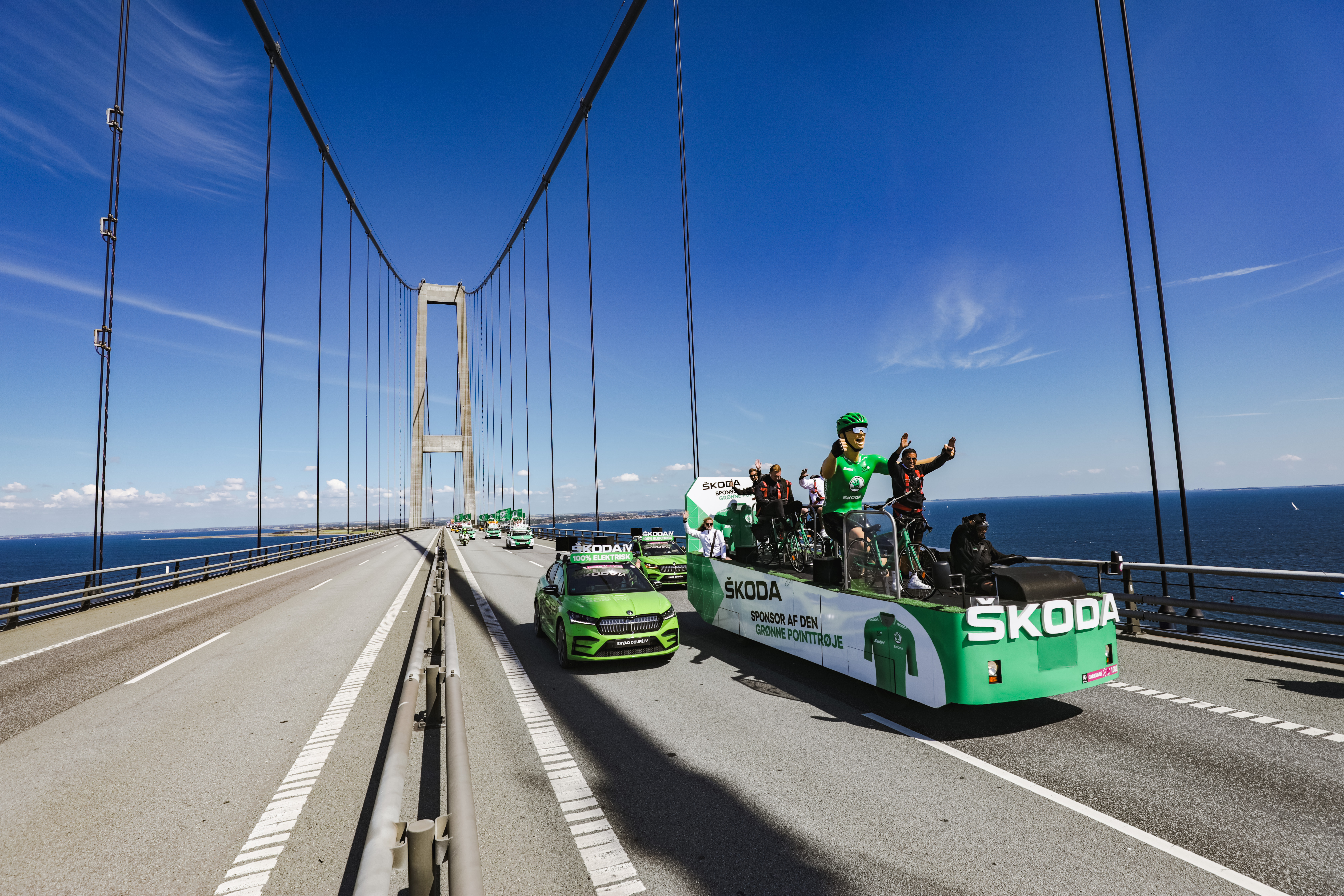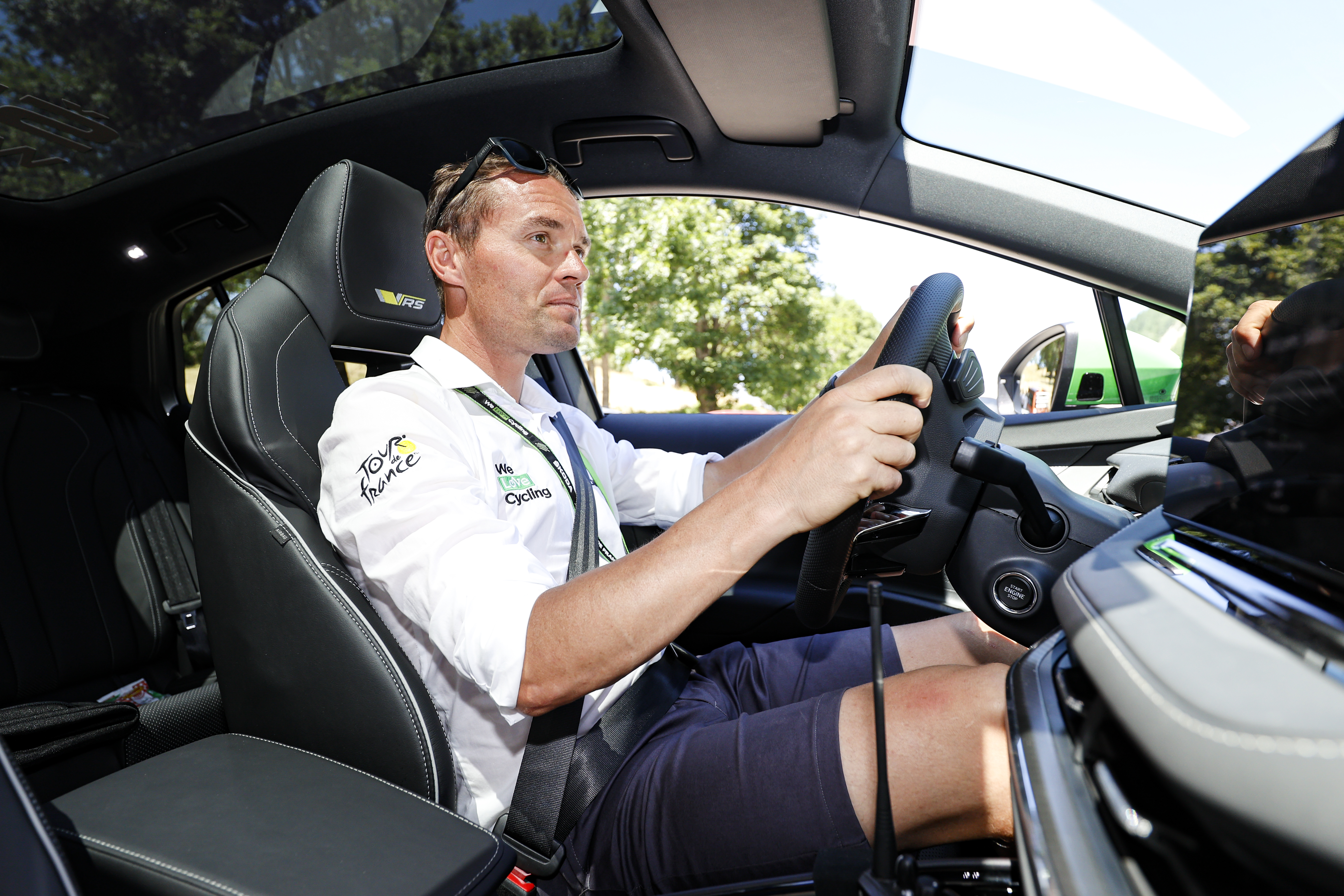 The work of drivers is hugely demanding, with a lot of responsibility. They have to keep an eye on the riders while watching out for spectators and other cars on the route.
The work of drivers is hugely demanding, with a lot of responsibility. They have to keep an eye on the riders while watching out for spectators and other cars on the route.
“Drivers can’t let nerves and stress get the better of them. My take on it is that I’m still a guest here too and I’m trying to make the most of it. I then pass this mood on to my passenger in the car. Sometimes I don’t even feel like I’m working, just having fun. But doing it day in and day out throughout the Tour is sometimes challenging,” Pedro Horrillo admits.
 Massive crowds lining the course
Massive crowds lining the course
The driver’s job is not limited to the race route. They also have to get to the start of a stage and then back to their accommodation once it’s over, so they can cover hundreds of kilometres a day. “Sometimes we spend an hour and a half on the way to the stage, another five hours in the race, and then another hour and a half getting to the hotel,” Pedro Horrillo says. This year, in addition, the drivers had to drive more than 1,000 kilometres into northern France after the first three Danish stages of the race.
 The first three stages were in Denmark.
The first three stages were in Denmark.

